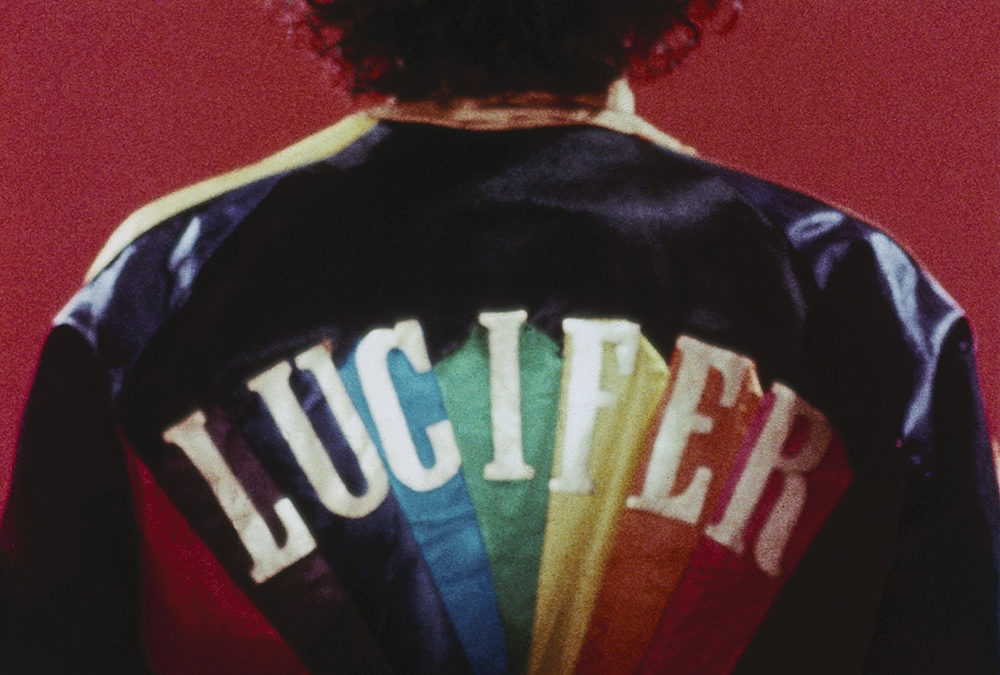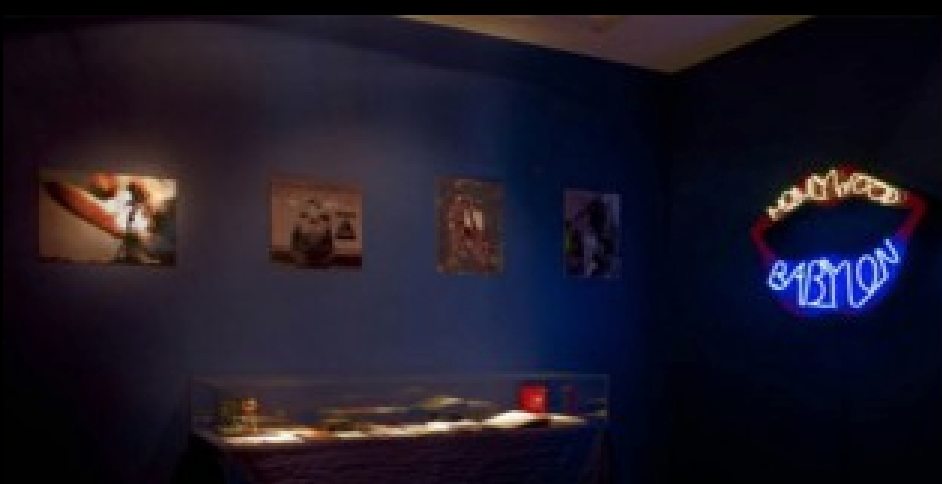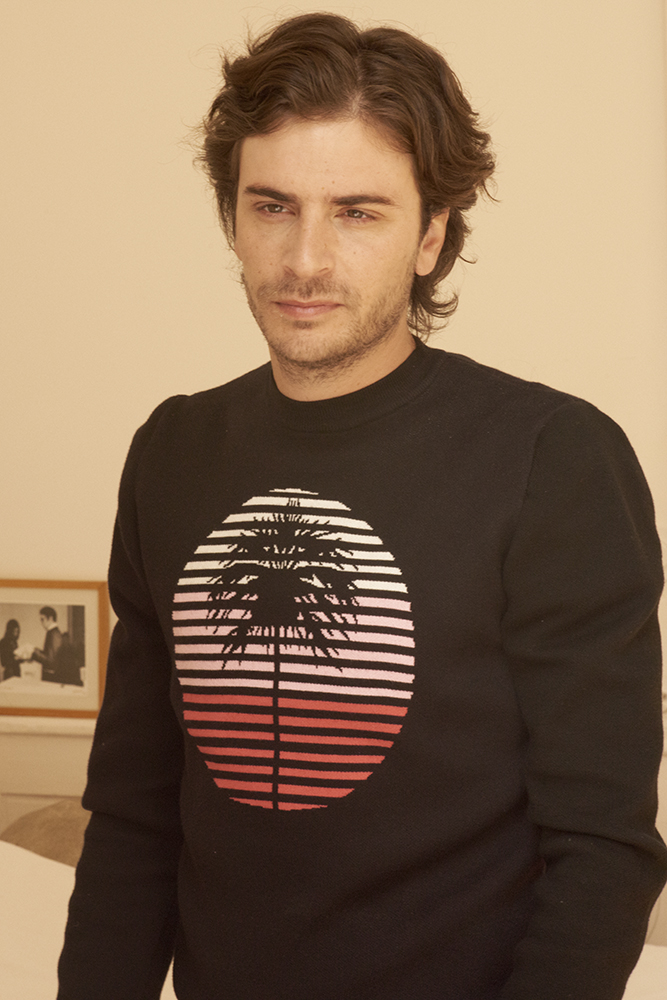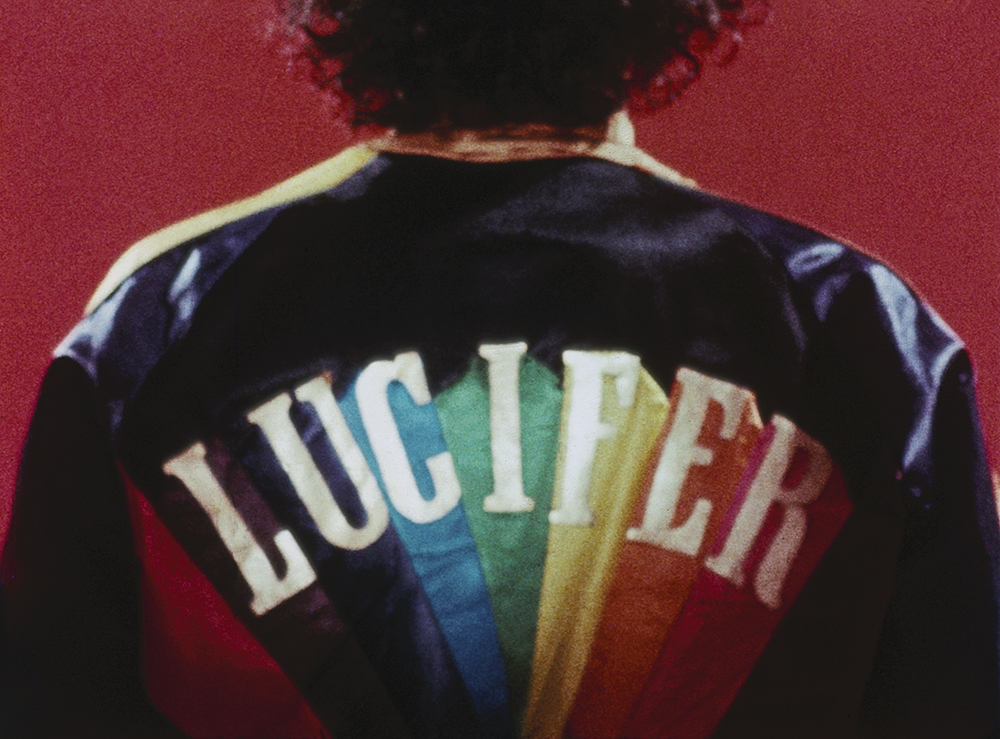
Lucifer Rising, 1968, © Kenneth Anger
A MEETING WITH KENNETH ANGER
By Yan Céh
Rediscover our meeting with Kenneth Anger from our issue #72.
If the word “cult” did not exist, it would have to be invented for him. The visions of Kenneth Anger are like secrets whispered among acolytes. His films stray from the beaten paths and boulevards of classic cinema, each too short to join the pantheon of the seventh art. Yet they continue to influence so many different directors, from Martin Scorsese and David Lynch, to Rainer Werner Fassbinder and John Waters. And then there are the books: two volumes published under the title “Hollywood Babylon” (1959 and 1984), revisiting the scandals of Hollywood’s Golden Age. Now almost 88 years old, Anger battles on. Every now and then we catch a glimpse of his emaciated face, as we will in Paris this June for a special screening of his work and the new edition of his personal “greatest hits” called “The Magick Lantern Cycle.”
Magic, indeed. Calling Kenneth Anger a cult director is an understatement. Yes, he has directed more than 40 films since 1937. But above all else, Kenneth Anger is a magician. Proving that there are no coincidences, Anger first graced the camera at age 8 in “A Midsummer Night’s Dream” (1935). And ever since it has been a life of dreams, beyond the limits of reality, that has seen him collaborate with Jean Cocteau, Jimmy Page, Marianne Faithfull, sexologist Alfred Kinsey, Tennessee Williams, Mick Jagger, and quite a few Satanists… Let’s not forget the key word emblazoned across his chest, the tattooed mark of the beast: LUCIFER.
Kenneth Anger began shooting short films with his parents’ camera when he was little older than 10… Unbeknownst to him at the time, he invented what would later become the music video: “I started out with some music, a song that inspired me, and I would make a film lasting several minutes. That’s how I made ‘Who Has Been Rocking My Dream Boat’ (1941), based on the song by the Mills Brothers, ‘Someone’s Rocking My Dream Boat,’ for example…” But what obscure force compelled Anger to stick to shorts instead of following the ordinary course and producing features? “I think of my films as poems. ‘Cinepoems.’ And I think of myself as a poet who makes films. They might last 15 minutes or half an hour. I once made it to 40 minutes, but never longer than that. I’ve never felt the inclination, the desire, to do a feature length… Back then I worked in 8, 16, and 35 mm film, then I switched to digital, like many others…”
Several years passed and Kenneth Anger decided to travel to France to present his films at a festival he heard about in Los Angeles. He arrived in Antibes in 1950 for an event hosted by jury president and prize awarder Jean Cocteau. There he of course met Cocteau, as well as Henri Langlois. Impressed by the young Anger, Langlois invited him to work at the Cinémathèque in Paris. Thus began the American’s 12-year residency in the French capital and his collaboration with Henri Langlois, whom he described as: “The Grand Pasha and Sultan of the Cinémathèque Française. I worked under the Terrible Turk for a decade. It was consensual slavery, because Henri loved film much more than I ever could. Let’s be clear, I love film, even if it deludes me by promising immortality (…) And like lovers or people in general, many films end up in ashes or disappear without a trace…” In Paris, Kenneth Anger encountered the small universe of French cinema. He took pleasure in his favorite pastime: spreading the gossip and scandals of old Hollywood. Fascinated by his stories, the circle of Parisian critics and cinephiles encouraged him to write a book collecting all of his savory anecdotes. And so Anger wrote “Hollywood Babylon,” first published in France by the brilliant Jean-Jacques Pauvert in the late 1950s before a pirated version reached the United States in 1965. Not until 1974 would an official version arrive in America… For Anger: “‘Hollywood Babylon’ is more than a collection of stories and text. The images are just as valuable, as they come from my collection of promotional posters compiled over the years. I am very attached to these images, especially since Hollywood abandoned the practice long ago…” Of all the stars of old Hollywood, Kenneth Anger says he is still most fascinated by Rudolph Valentino, who died at the young age of 31 after a genuinely surreal life: “I would love to have worked with Rudolph Valentino. He belongs to an era I would like to have lived through: the silent era. I admire a lot of actors from that time, like Douglas Fairbanks. He was so athletic. He interpreted his characters through dance, with grace.”
Returning to the United States in 1961, Anger began work on one of his most legendary films, “Scorpio Rising” (1963), featuring a motorcycle gang led by Richard McAuley, aka Scorpio. The film manages to combine an eclectic set of elements, from Nazi iconography to nude bodies and images from a family film series on the life of Jesus Christ. The soundtrack features hits from the 1950s, including “Blue Velvet” by Bobby Vinton. Anger explains: “The film is like a deadly mirror of American culture… A sort of Thanatos in chrome, black leather, and ripped jeans…” Since then, Kenneth Anger has continued his experiments in film, influenced by his close readings of English writer, occultist, and astrologist Aleister Crowley. It was his admiration for Crowley that brought Anger into contact with Jimmy Page for a time, before an unfortunate falling-out kept Jimmy Page from completing the soundtrack of “Lucifer Rising” (1979-80). In 1984, Anger dove back into his cinema memories and poster collection to write a new book, “Hollywood Babylon II”… He would not direct another film until the 2000s. In 2009, MoMA PS1 devoted a retrospective to his career.
Today, Anger still lives in Los Angeles. He claims to have finished a “Hollywood Babylon III,” but for now the book remains on the shelf due to objections from the Church of Scientology and its famous adepts Karen Black, Tom Cruise, and John Travolta. Not to mention the huge influence of the Church throughout the United States… In the meantime, Kenneth Anger maintains his eternal youth, protests his “underground” label, preferring to define himself instead as “independent.” In France, we will see him on June 25 at Max Linder in Paris for a night under the fallen star of California’s Lucifer.
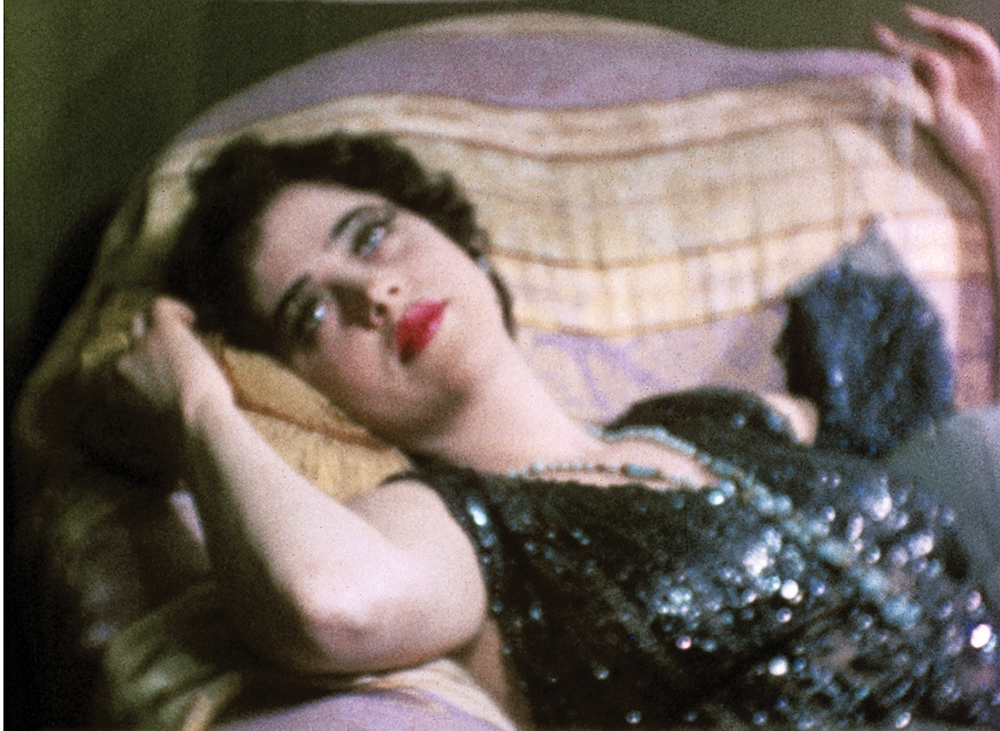
Puce Moment, 1949, © Kenneth Anger
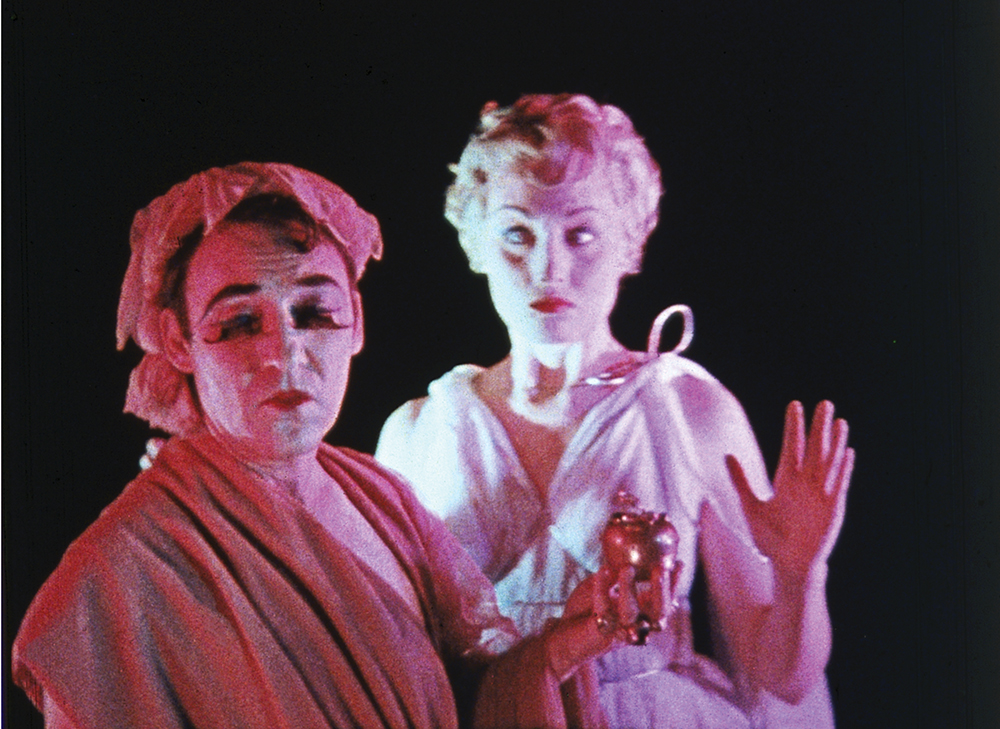
Inauguration of the Pleasure Dome, 1954, © Kenneth Anger
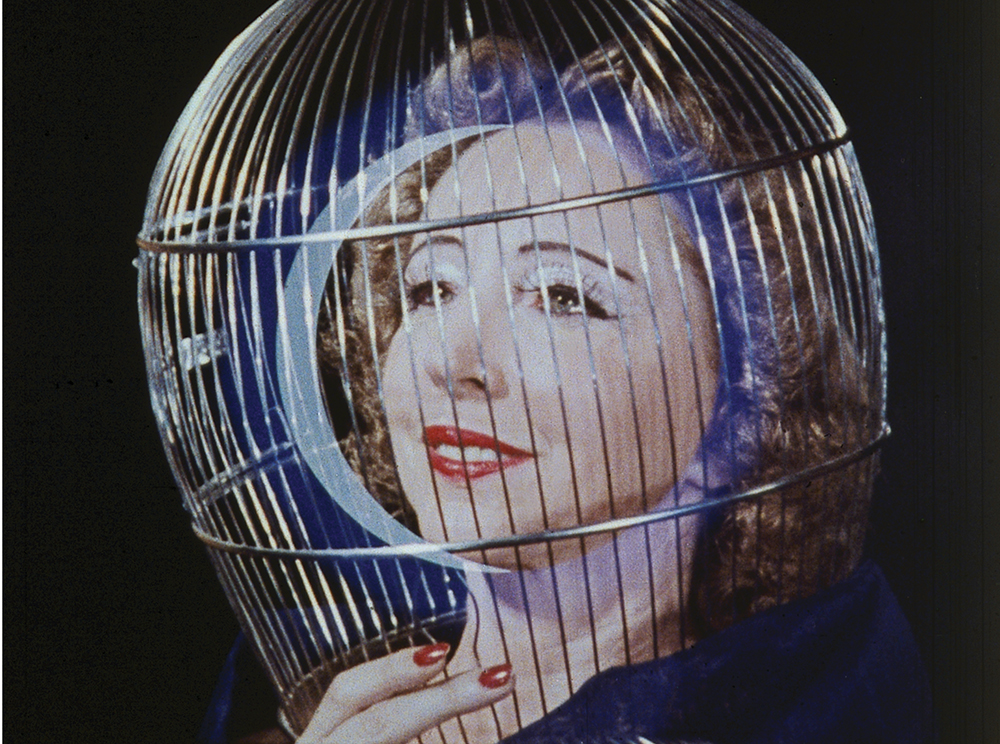
Inauguration of the Pleasure Dome, 1954, © Kenneth Anger
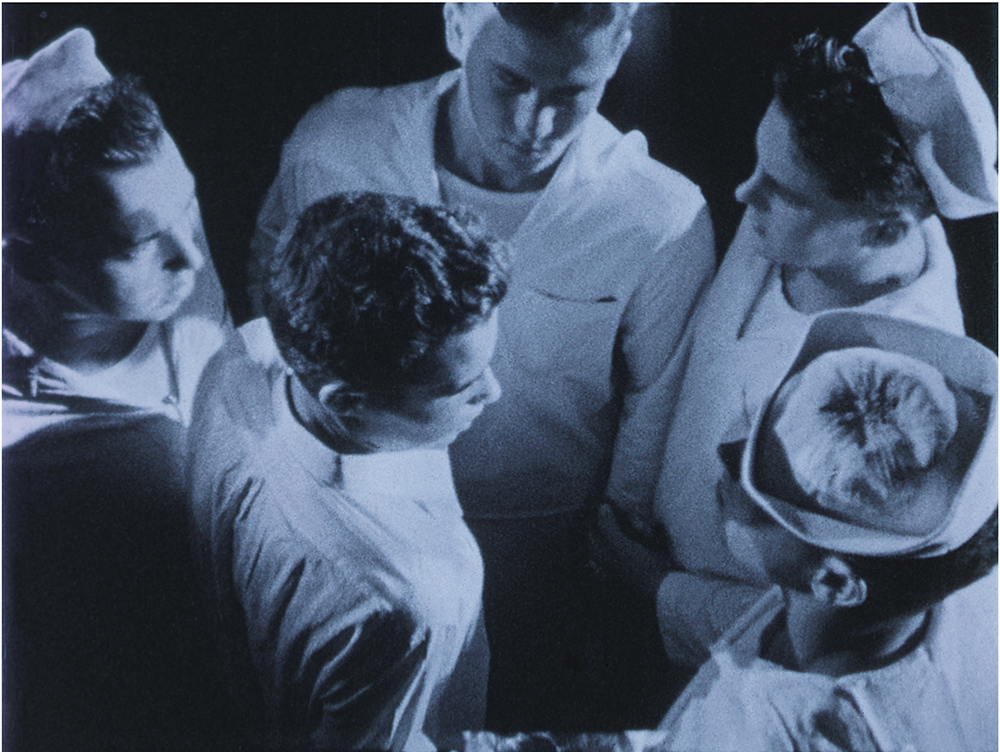
Fireworks, 1947, © Kenneth Anger
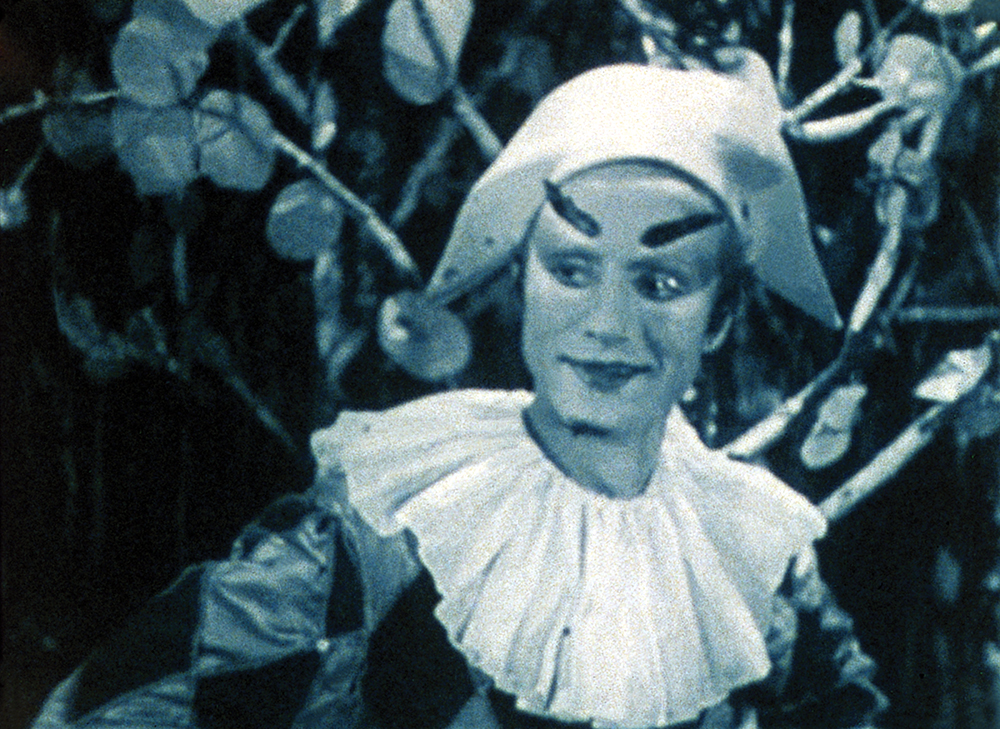
Fireworks, 1947, © Kenneth Anger






